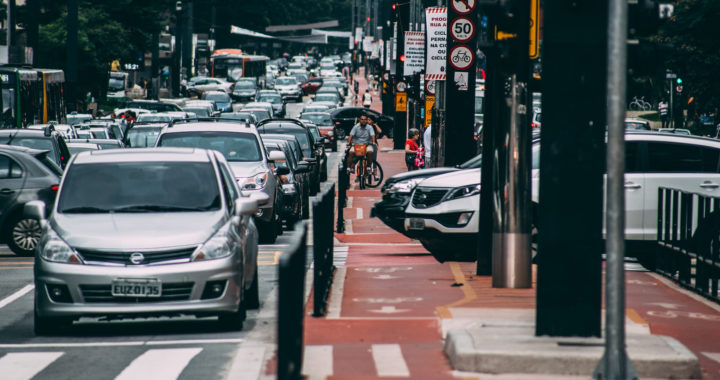Traffic congestion is a problem. No one likes being stuck in traffic. It is unproductive and costs individuals and businesses billions of dollars each year. It is also one of the main sources of stress in urban cities and megacities. Solving this problem and the different issues that tag along with it requires understanding its causes.
Major Causes of Traffic Congestion
Note that congested traffic is characterized primarily by slow vehicular movement, increased queueing among vehicles, and longer trip times. This situation occurs when the volume of traffic or the number of vehicles in a particular area during a specific period requires more space than relevant roads can accommodate or if traffic volume exceeds road capacity.
There are different causes of traffic congestion. Each can work with one another to worsen the overall traffic condition. Take note of the following:
1. Increased Private Vehicle Ownership Leading to High Vehicular Volume
Remember that congestion occurs when the volume of vehicles in a particular area and during a specific time exceeds the capacities of relevant roads. This is the most general cause of traffic congestion. However, there are more specific factors that contribute to an increased vehicular volume. One example is private vehicle ownership.
The mass consumption of vehicles for private use increases traffic volumes. Individuals and families with means tend to prefer using private vehicles in areas where public transportation and mass transit are inefficient and inconvenient. The rise of median income in a particular community also encourages vehicle sales.
2. Economic Growth, Unsustainable Urbanization, and Overpopulation
Some consider congestion as a hallmark of a growing and thriving economy. This is true to a certain extent. Economic prosperity translates to vibrant business activities, greater mobility due to increased demand for transportation, increased urbanization, migration and overpopulation, and higher private vehicle ownership due to higher income.
The aforesaid phenomena are part of the reasons for promoting sustainability, sustainable cities, and sustainable transportation. The aim of these concepts is to promote economic growth while addressing the issues that come with it such as transportation inefficiencies including traffic congestion. Note that inefficient transport has economic costs.
3. Inefficiencies in Urban Planning, Infrastructure, and Transport Systems
Another cause of traffic congestion is poor urban planning that fails to take into account the offshoots of economic growth such as increased business activities, urbanization, and overpopulation. Proper urban planning is critical to creating sustainable cities and sustainable transport that address possibilities for future congestion.
Some transportation infrastructures designed and built in the past are not suitable for modern usage anymore. Even building new roads and widening existing ones would eventually result in additional traffic. Some of the solutions integrated into sustainable urban planning include widening the network of mass transit and decongestion of urban areas.
4. Misconduct or Traffic Violations, and Poor Traffic Law Enforcement
Congested roads are also considered one of the prime examples of the tragedy of the commons. This concept describes a situation in which individuals who have access to free or shared resources tend to act according to their self-interest. It also explains misconduct seen among drivers, commuters, and even pedestrians.
Of course, at a more specific level, congestions result from different traffic violations such as illegal parking, disregard of traffic signs, different obstruction violations, and other violations that result in road accidents that block regular traffic flow. These problems can also be blamed on poor traffic law enforcement or lax apprehension of traffic violators.
5. Natural Phenomena or Disasters Such as Heavy Rainfall and Flooding
There are situations or factors that are beyond the control of individuals and enforcers or the government in general. These include the social and economic impacts of natural phenomena such as weather disturbances and severe natural disasters that either affect regular traffic flow or damage critical transportation infrastructure.
Heavy rainfall due to a thunderstorm or tropical cyclone is the most common natural cause of traffic congestion. The same is true for flooding. These conditions reduce traffic capacity and operating speeds. It can also be considered that part of solving congestion and making transportation more sustainable is to design weather-resilient roads and cities.






